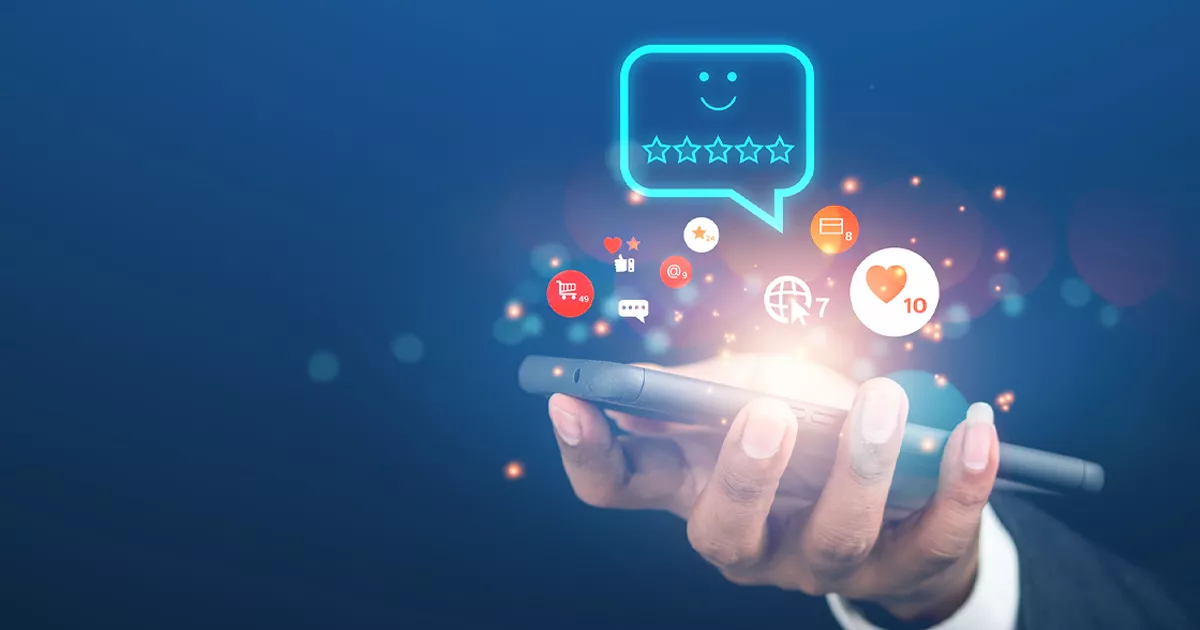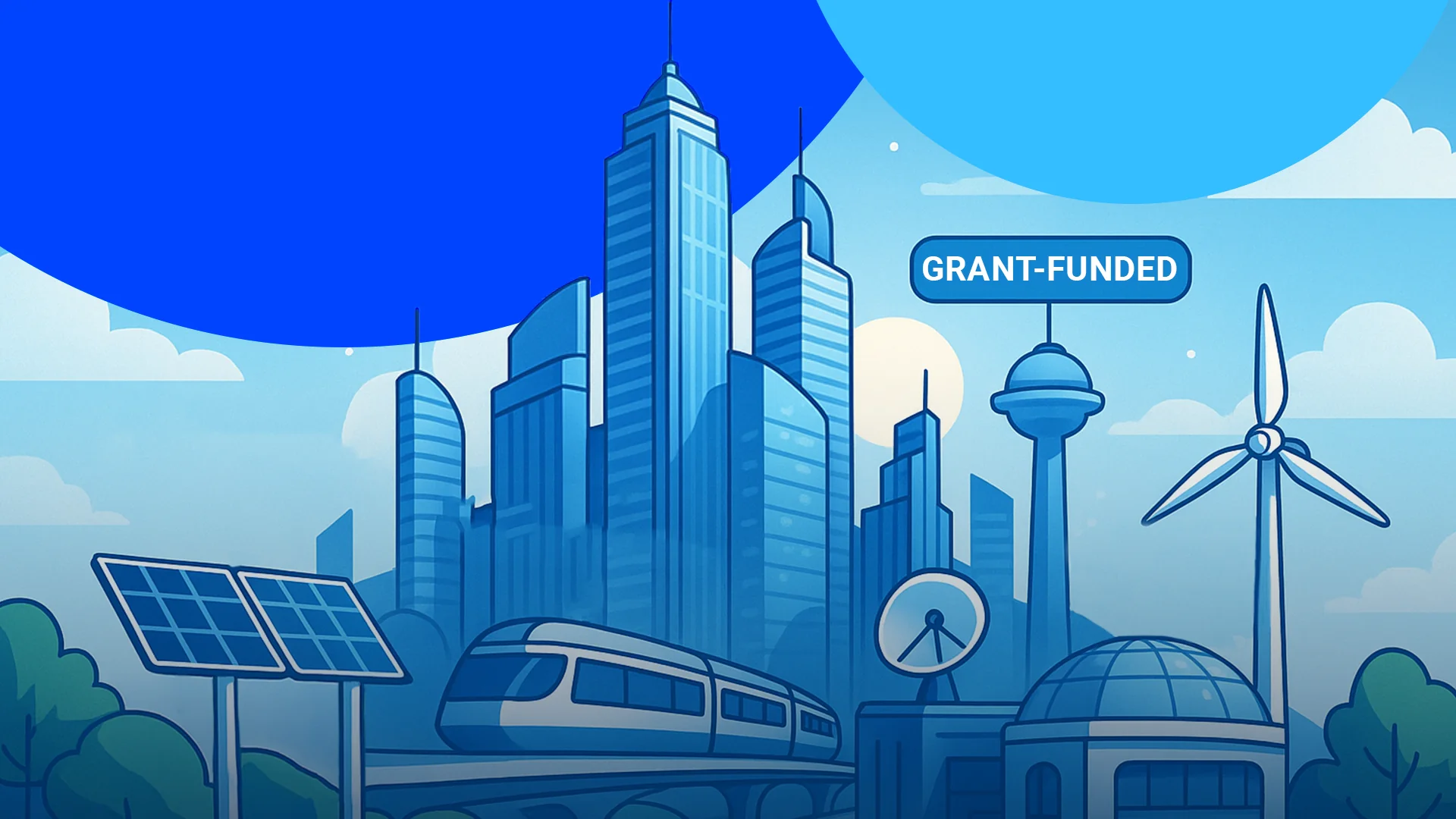Toward the end of a calendar year, we all start looking forward and speculating what the coming year will hold. While we do not have a crystal ball, we do have the next best thing: data-informed trends. Based on past performance with coupled forecasts, Customer Experience (CX) trends can be identified in a meaningful way. Understanding and implementing new Customer Experience trends will help you provide greater value to your customer relationships.
Last year saw a significant shift toward prioritizing the customer experience in the public sector. The Centers for Medicare & Medicaid Services (CMS) launched a new Medicare.gov homepage that makes it easier to understand benefits and enrollment. The Department of Veterans Affairs (VA) updated its new flagship mobile application, allowing Veterans to message providers, view claims, manage appointments, and more. The U.S. Department of Agriculture (USDA) launched a loan assistance tool and is transitioning its loan application from paper to an online process. And those are just a few of the transformative CX-driven changes completed or in progress. Improving the Customer Experience will continue to be a priority into 2023 as there is still much work to be done.
Because they offer the greatest opportunity for improvement in the public sector, these are the Customer Experience trends to watch in 2023:
Accelerating Convenience to Improve Customer Experience
Convenience has been key to highly rated Customer Experience for years, and its importance continues to increase. Customers expect to be able to access products and services quickly and easily. Businesses that can offer convenience are likely to see a competitive advantage, and government agencies are likely to see an easier workflow and receive fewer complaints. The proliferation of mobile apps, online appointment scheduling, text updates, and more improve customer access to the products and services they need.
Customer Experience Will Influence Continuous Technology Improvements
Speaking of technology, it will continue to be a cornerstone of Customer Experience and an important driver. Making improvements that positively affect the experience is about streamlining tools, interfaces, and platforms, and reducing friction around giving customers what they want and need. In 2023, websites, social media, and mobile applications will remain mainstays; however, augmented reality (AR), virtual reality (VR), machine learning (ML), and artificial intelligence (AI) will continue to gain traction. The U.S. Army’s work with Microsoft on augmented reality systems called Integrated Visual Augmented Systems (IVAS) is a perfect example of government embracing technology to improve CX. The devices are designed to help soldiers fight, rehearse and train using a single platform.
Cabarrus County, North Carolina, uses AR to bring its visitor guide to life. It’s a big motorsports destination and attracts tourism dollars for the local economy. Officials wanted to attract more visitors, so they combined their printed guide and video features into a mobile app with augmented reality functionality.
Transparency Is a Cornerstone of Customer Experience in Government
Trust is critical to Customer Experience. Without it, any overture or effort on an agency’s part will fall short of success. Embracing transparency as a standard operating procedure might be unnerving, but it is tantamount to building trust. Transparency means providing open, honest answers to key questions that arise during a customer’s journey. It also means employees – especially leadership – walk the walk and talk the talk when it comes to the organization’s values. Further, those values should be evident in every customer interaction.
As President Biden stated just over a year ago:
When a disaster survivor, single parent, immigrant, small business owner, or veteran waits months for the Government to process benefits to which they are entitled, that lost time is a significant cost not only for that individual, but in the aggregate, for our Nation as a whole. This lost time operates as a kind of tax — a “time tax” — and it imposes a serious burden on our people as they interact with the Government. Every interaction between the Federal Government and the public, whether it involves renewing a passport or calling for a status update on a farm loan application, should be seen as an opportunity for the Government to save an individual’s time (and thus reduce “time taxes”) and to deliver the level of service that the public expects and deserves.
The government is making some progress in this area, with user experience-driven modernization and redesign web and application projects at the U.S. Department of Health and Human Services, the U.S. Patent Office, and the U.S. Citizenship and Immigration Services, among others.
Leveraging AI-Powered Chatbots for a Better Customer Experience
As customers are increasingly engaged with brands online and through mobile apps, their expectations seem to intensify, including the desire for immediate access to help. Customers want to talk to a human, but they do not want to wait. Fortunately, advancements in artificial intelligence (AI), machine learning (ML) and natural language processing (NPL) have improved chatbot functionality, providing relevant and helpful responses to questions. These advancements have increased customer satisfaction with chatbots, and increased satisfaction leads to more organizations using chatbots to deliver customer support. The chatbot for the U.S. Citizenship and Immigration Services of the Department of Homeland Security – named Emma in honor of poet Emma Lazarus, who wrote the poem inscribed on the base of the Statue of Liberty – is a user-friendly example of a well-designed chatbot. This virtual assistant helps users with requests pertaining to immigration services, green cards, passports, and other department services. Emma supports both Spanish- and English-language speakers, handling about one million interactions each month.
Conclusion
As we head into the new year, we know Customer Experience remains a critical aspect of federal agencies as it can have a significant effect on meeting mission goals. By leveraging trends and improving citizens’ experiences, government agencies can increase customer satisfaction in meaningful ways.
REI Systems can help your organization or agency improve the customer experience through IT modernization with open-source/low-code solutions, create digital products and reimagine service design. Get in touch to learn more.
Looking to get started with Customer Experience? Download REI Systems CX Playbook.
About the Author:





